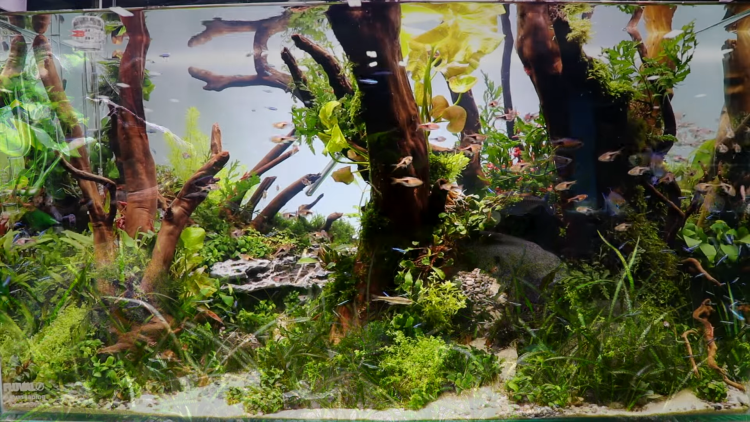What you NEEd to Know Abut the Harlequin Rasbora: Care and Breeding
- Jun 05, 2023
- Anshika Mishra
- 359 0 0

The Harlequin Rasbora is very similar to the Pork Chop Rasbora, so everything we share here applies to almost both. It's a great fish, schools tightly, has excellent colors, and it's considered a beginner fish, but it is a fish you should try if you've never had it in your aquarium before.
Harlequin Rasbora: Species Spotlight
They are one of the most popular fish in the hobby because they tend to school tightly while staying relatively small. You will find them in nature throughout Malaysia, Thailand, and Singapore water streams.
These fishes stay around an inch and a half or so. Females tend to be a bit more round, but both the males and the females show this fabulous color.
Another popular thing is they're peaceful. In terms of the life span, they live about five years and are pretty resilient to different water conditions.
Tankmates
These fishes go well with Congo Tetras, Angelfish, Siamese Algae Eaters, and Neno Terta. But you've many other options if you want fish to keep with the Harlequin Rasbora.
Other types of Rasboras will also make a great choice. Cory Cats will go great with them. Most kinds of Plecos will work great. You can keep them snails as well.
The Apistogramam, German-blue Rams, and Bolivian are great options for centerpiece fish.
NOTE: You want to keep them with similarly sized fish that are not oversized or aggressive.
Water Parameters
Temperature - Keep it around 80 degrees. They don't have any problem with the temperature, so you can go to typical tropical fish temperature - between 75 to 82.
They thrive in a wide range of pH - between 6 and 8. So they'd probably be more comfortable around neutral or slightly acidic.
The big thing is you want to make sure you have a cycled tank. So, no Ammonia or Nitrite. Please keep them in an established tank.
Feeding
Feedings these fishes is relatively easy. They'll eat live baby brine shrimps, frozen, pellet, and flake food.
Tank Size
Give them at least a 10-gallon. You want to keep these fish in a group of six (minimum). But if you see their behavior come out in full force, you should keep them in larger groups.
The substrate doesn't matter for decorations because these fishes don't interact with it. However, keep live or fake plants because they'll need some hiding space occasionally.
Breeding
This fish is not an easy-to-breed fish. Like most Rasboras, they will be egg scatterers which means most people who want to breed them seriously - take a group and put them in a 10-gallon tank with a spawning mop. They'll scatter the eggs, and then it's best to take the spacing mop or remove the patterns and entry hatch after a few days.
However, the adults will eat the eggs if they can. They'll undoubtedly eat the fries when they hatch.






About author